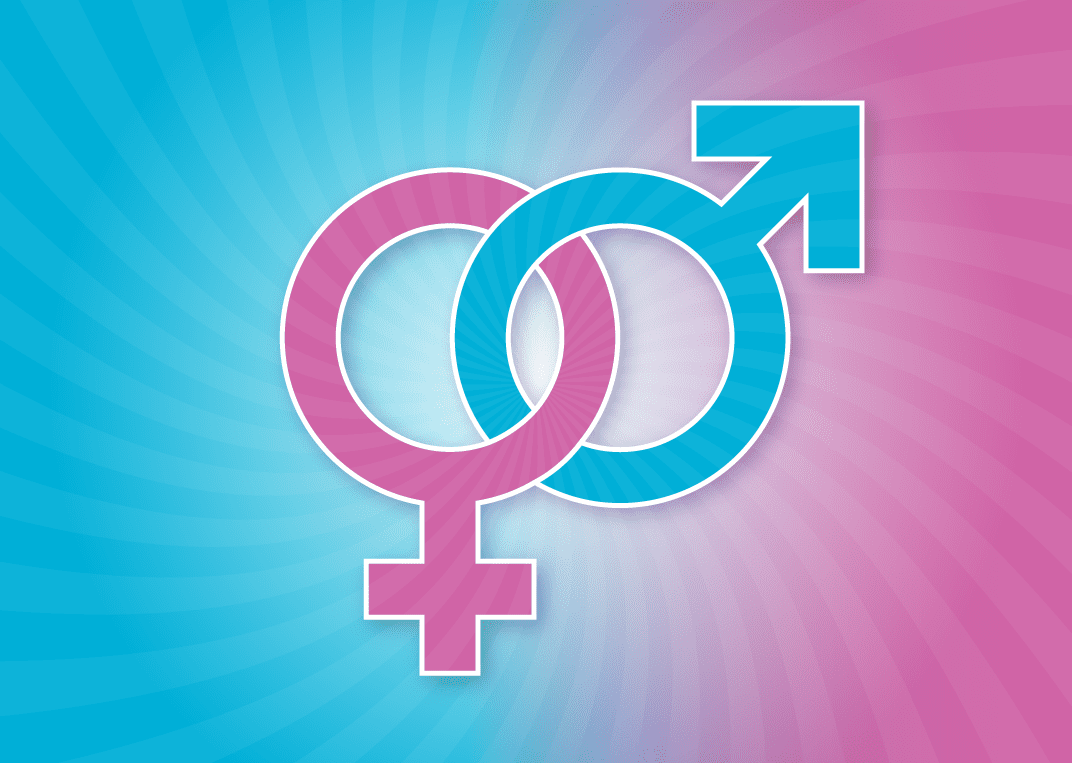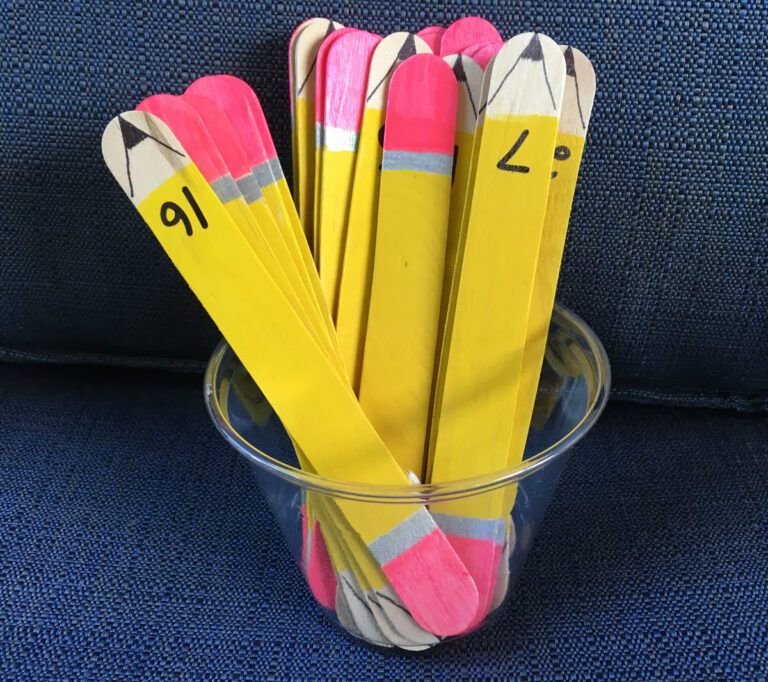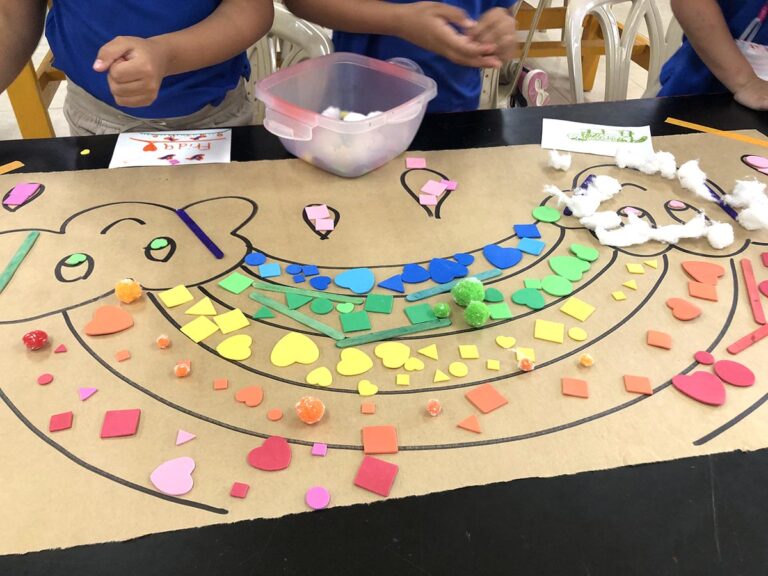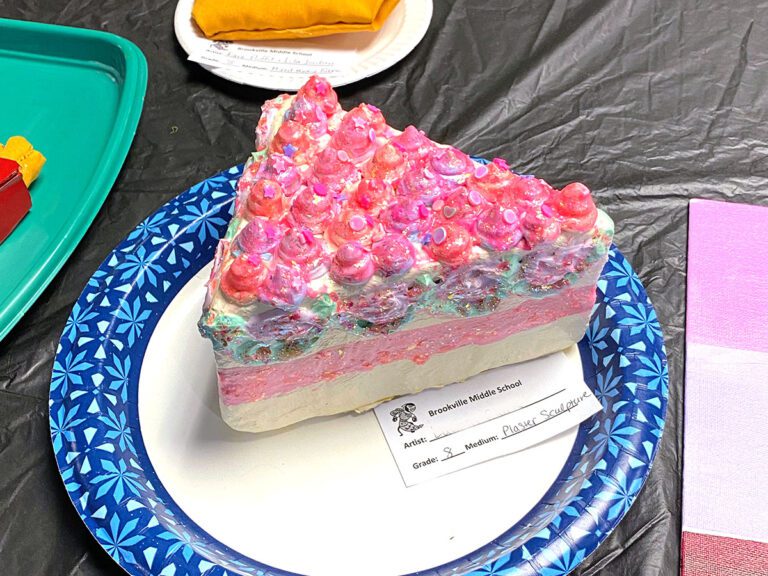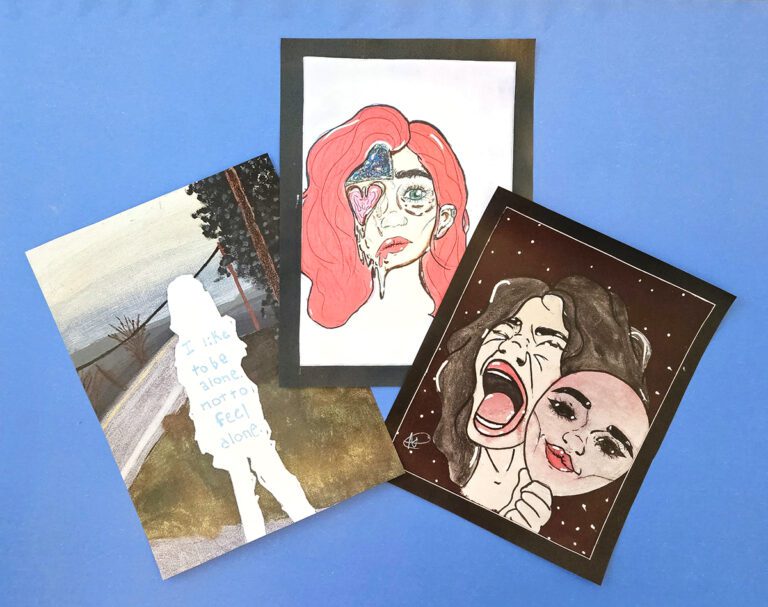Blue is for boys. Pink is for girls.
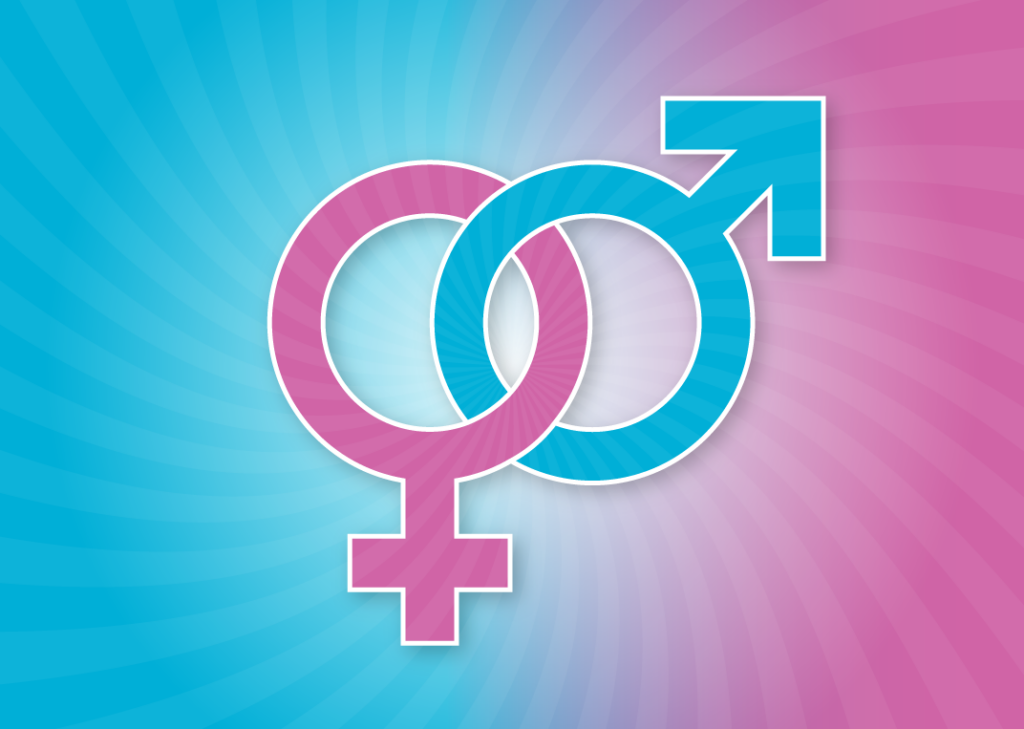
This pervasive idea infiltrates the art room, limiting student imagination and growth–and it is total and complete nonsense! These stereotypical notions are archaic and detrimental to our students’ development and understanding of art.
In fact, did you know it’s a fad that flip-flopped?
In an article by Aleksandar Macasev titled, “Gender…Why That Color?” the author explains the creation and history of this unfortunate convention. Macasev notes, “There’s a much-quoted article in the US trade publication Earnshaw’s Infants’ Department from 1918 that said ‘pink, being a more decided and stronger color, is more suitable for the boy, while blue, which is more delicate and dainty, is prettier for the girl.’”
Then, without any real explanation, the whole thing flipped on its head sometime around the 1940s. According to Macasev, “Researchers generally agree the current stereotype is a 20th-century phenomenon that reached its peak after World War II due to the explosion of manufacturing and product choices.” This certainly underscores the arbitrary nature of these color stereotypes!
But, is it really a big deal?
Well, in a word, yes. The notion that certain colors are gender appropriate leads students to build false and potentially damaging constructs. If you want to have an inclusive classroom where everyone is respected and feels welcome, then the gender-less color conversation is one you need to have.
With each new set of preschoolers, I start over. Many come into school at just four years old believing certain colors are off-limits to them because of their gender. Some even feel shame for liking a color they believe they shouldn’t. What a terribly limiting point of view!
So how do we encourage open-minded thinking?
One way I begin to expand my students’ color comfort zone is to write their names on different colored paper before they arrive… without any regard for gender. The first couple of times this can be quite traumatic for some of them. However, it is the perfect way to begin a conversation about whether or not their preconceptions about color and gender are valid. As a bonus, they quickly learn the phrase, “You get what you get and you don’t get upset!”
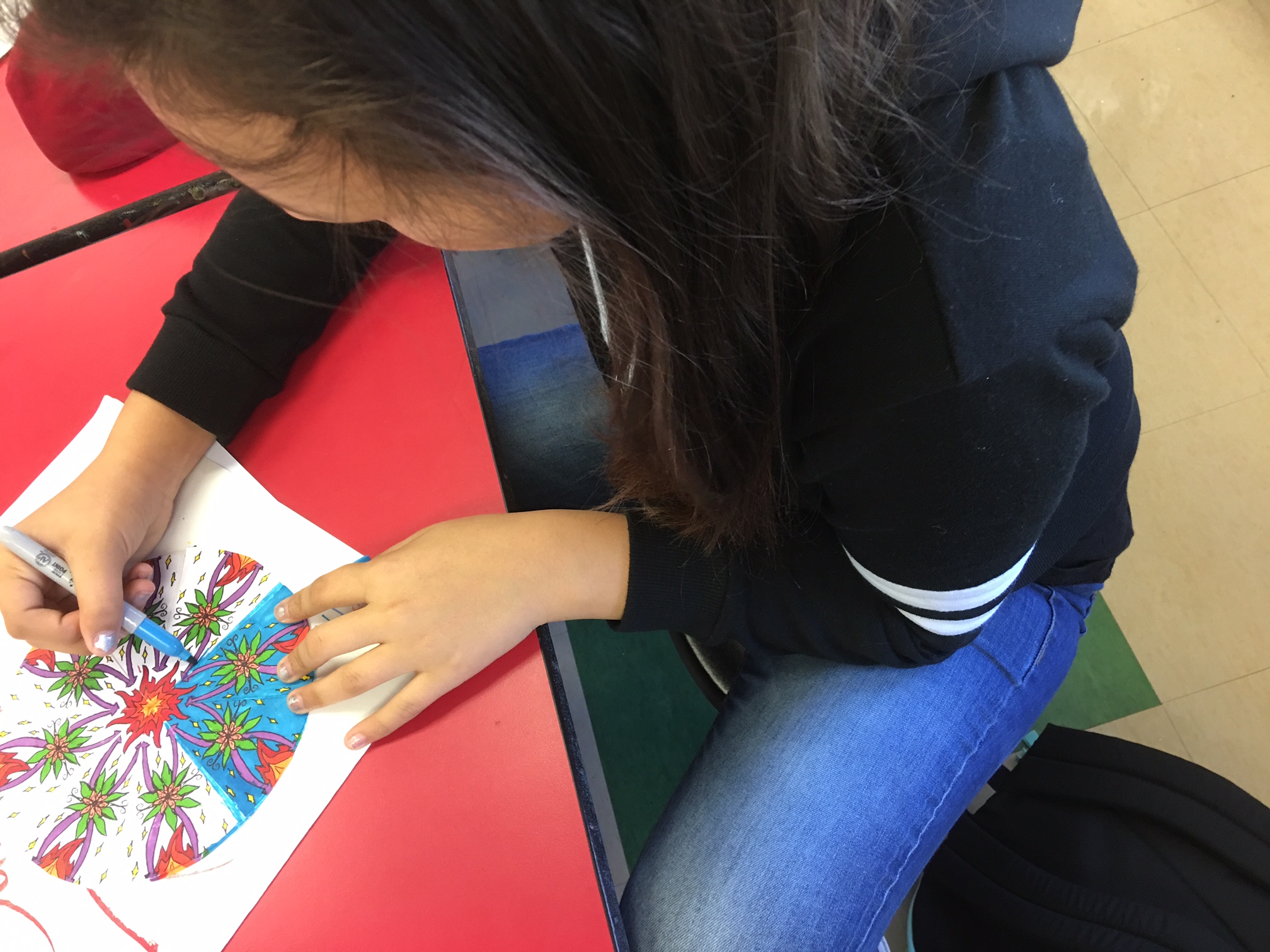
I also ask questions like, “What if your favorite toy firetruck was pink? Would you still play with it? What if your favorite doll wore a blue dress, is it only for boys then?” I refer to the colors as a big family that loves one another. A family that is neither boys or girls. I show them the color wheel and explain that all the colors live together happily without a gender label. We look carefully at colors that walk the line between these “boy” and “girl” conventions … like blue-violet. If “blue is for boys” and “violet is for girls” then, “What does that mean for blue-violet?” I encourage them to set the colors free in their minds. Any gender associations they are burdened with fall away pretty quickly if you keep at it.
The Bottom Line
We don’t want a generation of children growing up imprisoned by color conventions that shift with commercial whims and the passage of time. Color should be gender-less. It is our duty not to perpetuate false cultural gender stereotypes but rather to combat them with love, open minds, and reason. Plus, making art with the entire rainbow at your disposal is just more fun!
Do students come to you with preconceived ideas about color? How do you address them?
What experiences can you share about color conventions from your classroom?
Magazine articles and podcasts are opinions of professional education contributors and do not necessarily represent the position of the Art of Education University (AOEU) or its academic offerings. Contributors use terms in the way they are most often talked about in the scope of their educational experiences.
